Many cleaning gurus around the internet recommend you use a slightly damp cloth to clean up dust.
This is fine if you use an ordinary type of fabric duster, such as a piece of cotton. But if you are using a microfiber cloth, wetting it can actually make it far less effective at picking up the dirt.
Microfiber cloths, are designed to attract and hold onto dust and dirt, and they can only do that when they are dry.
When you wet the cloth, the fibers stop attracting the dirt, and instead the dirt is pushed around the area into clumps which are difficult to pick up.
Heads up: I sometimes use affiliate links. When you click these links and make a purchase, I may get a small commission. It won’t cost you anything but it helps me to run this site.
What is dust?
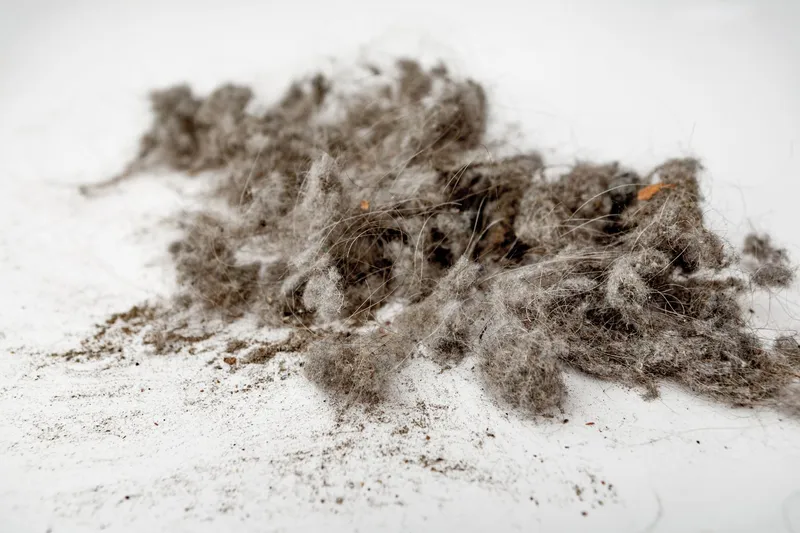
Dust consists of a variety of particles, including dead skin cells, pollen, pet dander, and other airborne debris.
These particles can cause allergies and respiratory problems if they are not removed from your home.
When you use a wet cloth to dust, you are essentially spreading these particles around, making the problem worse.
The Science of microfiber
Microfiber cloths are made up of tiny fibers that are smaller than a human hair.
These fibers are able to attract and hold onto dust particles, rather than just pushing them around. When you use a dry microfiber cloth to dust, the fibers create static electricity that helps to lift the dust off of surfaces.
When you hold a dry microfiber cloth next to some dust, you can actually see the dust move towards it. It is quite magical!
And of course, once dust particles enter into the cloth’s fibers, it stays put, so there is no danger it will get deposited back onto other surfaces or into the air.
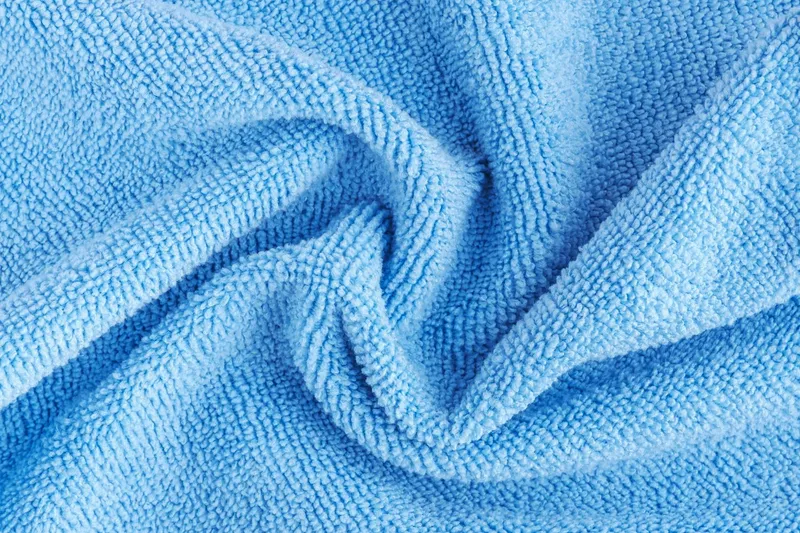
Dusting Tips
When it comes to dusting, using a dry microfiber cloth is the way to go.
Dry dusting is more effective than wet dusting because it allows the microfiber cloth to trap and hold onto dust particles better.
Wetting the cloth can actually make it harder to pick up dust and dirt, as the moisture can cause the particles to clump together and stick to surfaces.
Here are my top tips for dusting with microfiber cloths:
- Use folded: To get the most out of your dry microfiber cloth, fold the cloth into quarters and use one side to dust a surface before flipping it over to use the other side. This will help prevent spreading dust and dirt around.
- Work top to bottom: When dusting, use a light touch and work from top to bottom. Start with higher surfaces like shelves and ceiling fans, and work your way down to lower surfaces like tables and floors. This will help prevent dust and dirt from falling onto surfaces you’ve already cleaned.
- Use a clean cloth. Don’t use a dirty microfiber cloth for dusting. If the cloth is visibly dirty or has a strong odor, it’s time to wash it. Using a dirty cloth can actually spread dust and dirt around, rather than picking it up and trapping it like a clean microfiber cloth would.
- Launder it the right way. When you wash your cloth, don’t use fabric softener or dryer sheets, as they can leave a residue on your cloth. Never use bleach, as it can damage the fibers, reducing the cloth’s ability to trap dust.
When it is best to use a wet microfiber cloth?
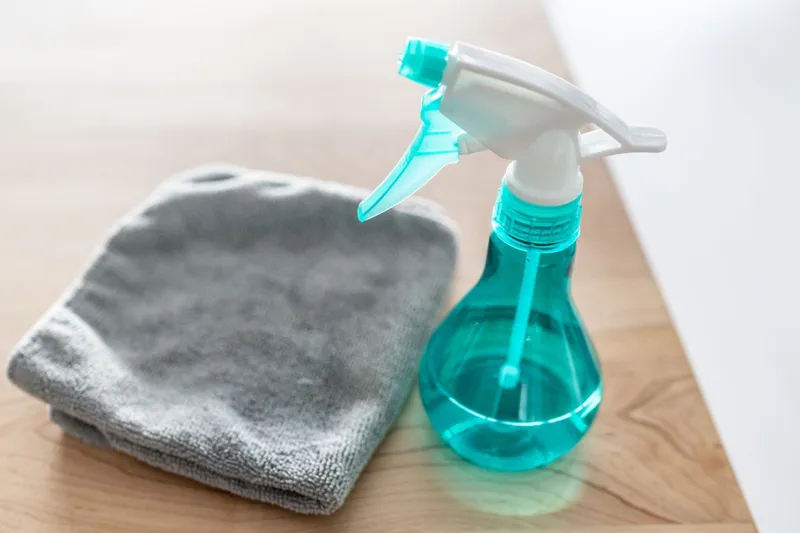
When dusting with microfiber, I always recommend using it dry first.
But when is it OK to wet it?
Wet microfiber cloths are great for cleaning up greasy and sticky marks, and they can do that much better than a dry cloth can.
When wet, microfiber is perfect for cleaning counter tops, high gloss cabinets, mirrors and windows. What is great too is that often they don’t leave streaks. Always use water with a microfiber cloth and if you want to ensure you don’t leave streaks use distilled water.
Wet and dry combined
Use your dry microfiber cloth to remove surface debris. Then, to get rid of greasy and sticky marks, use a clean wet cloth to finish up. This method of cleaning is actually must faster than starting with a wet cloth.
For streak-free mirrors and glass, finish up with a clean and dry cloth.
What type of microfiber cloths to buy
When it comes to microfiber, you don’t need to spend big. More expensive cloths tend to be thicker. While thicker cloths will probably last longer, it doesn’t make it any more effective at cleaning and picking up dust.
These cloths are perfect and reasonably priced.

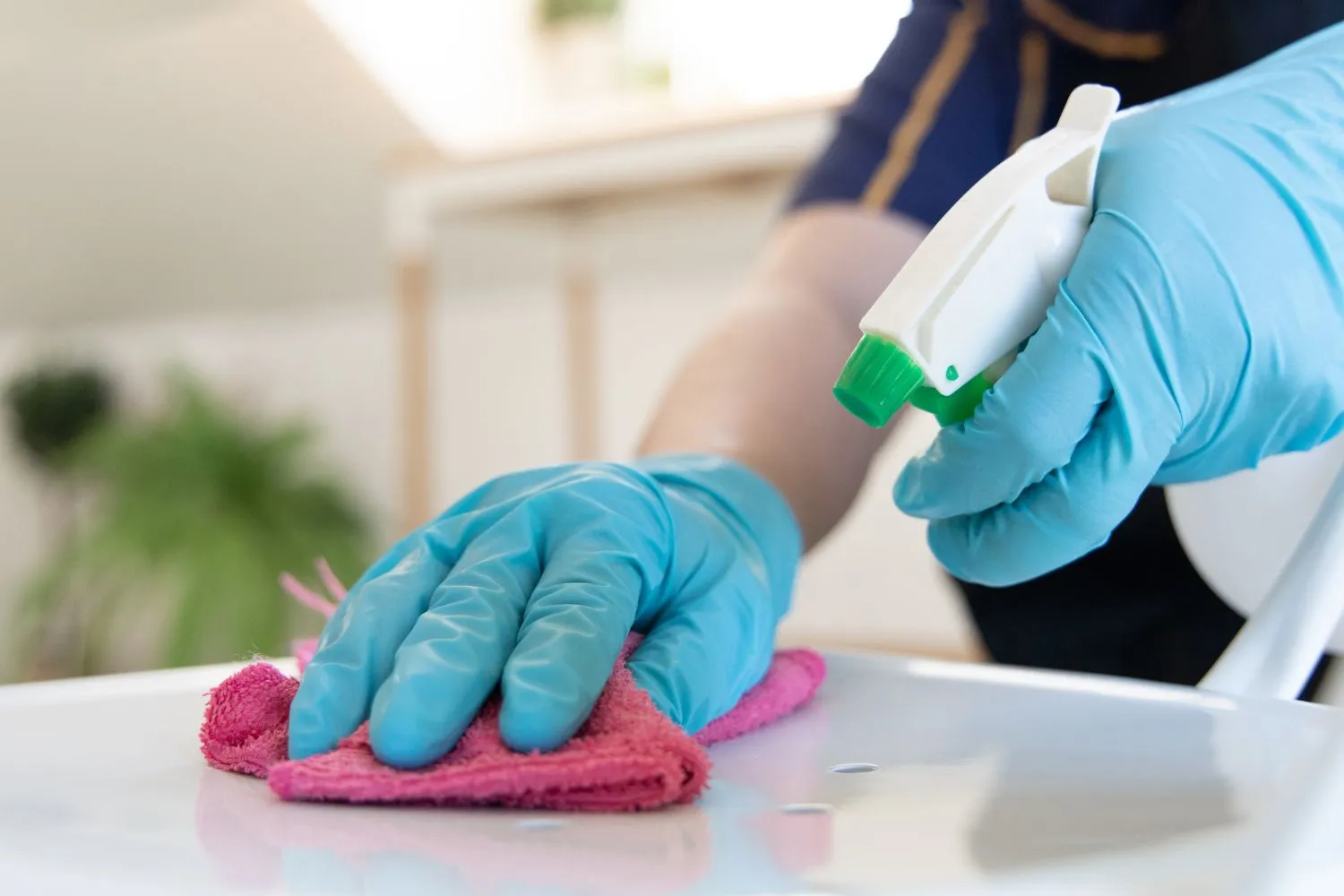


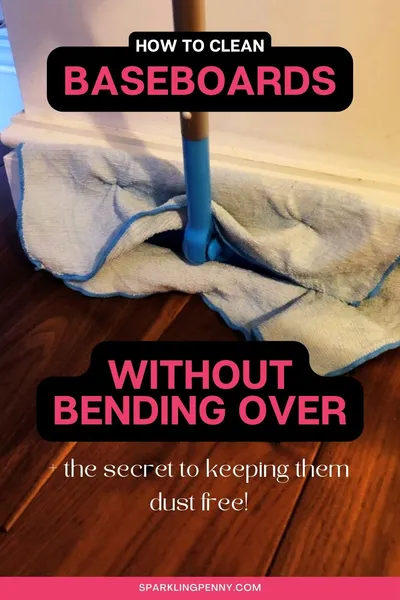

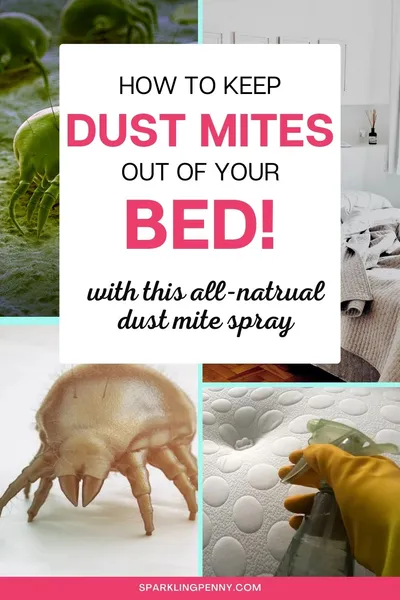



Share your thoughts
Your email address will not be published. Required fields are marked *